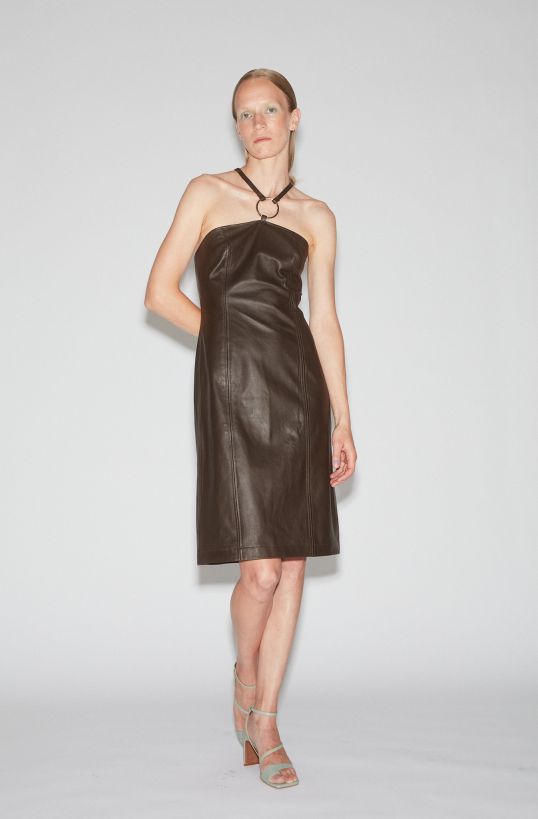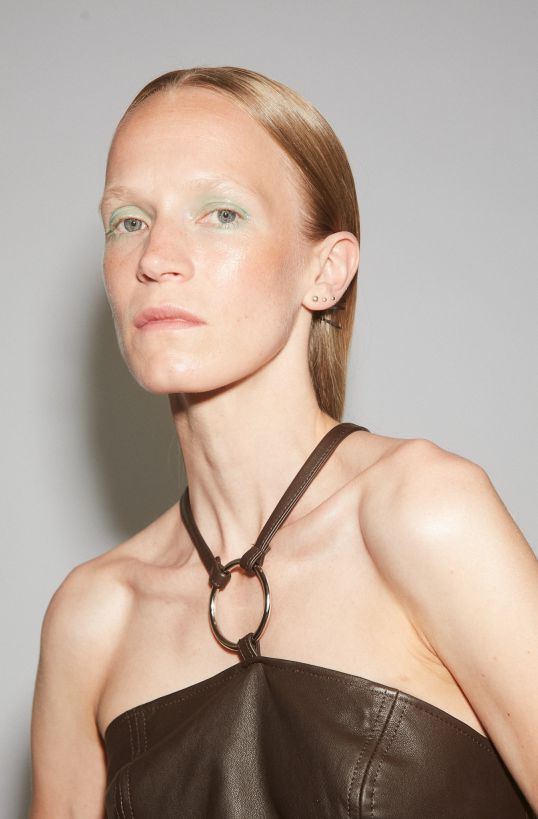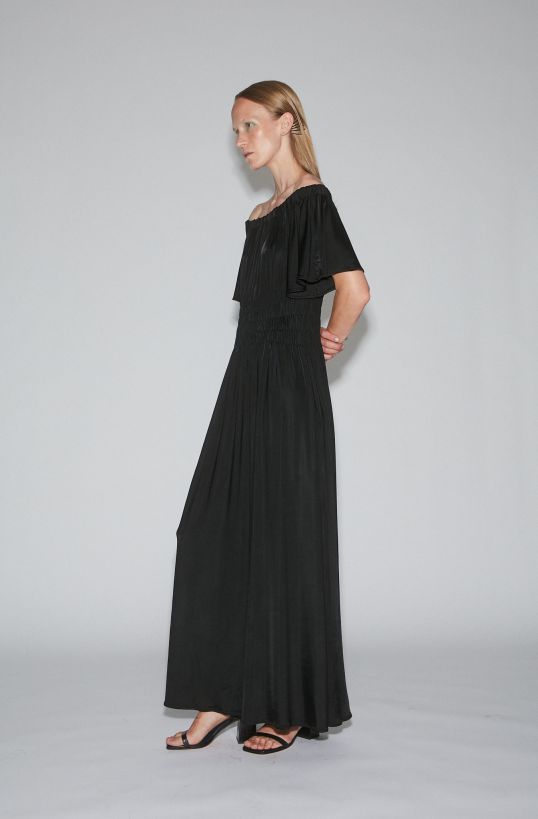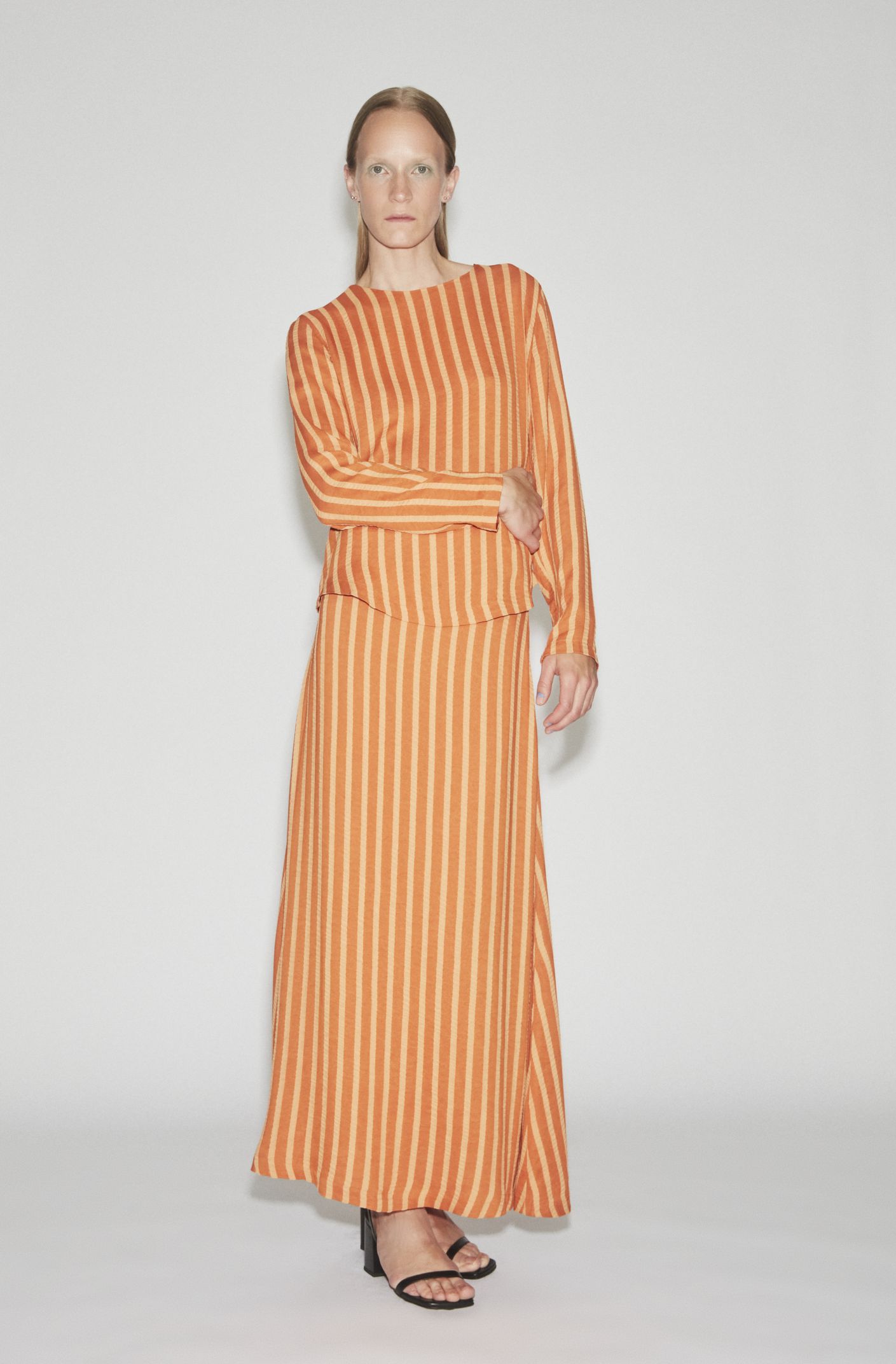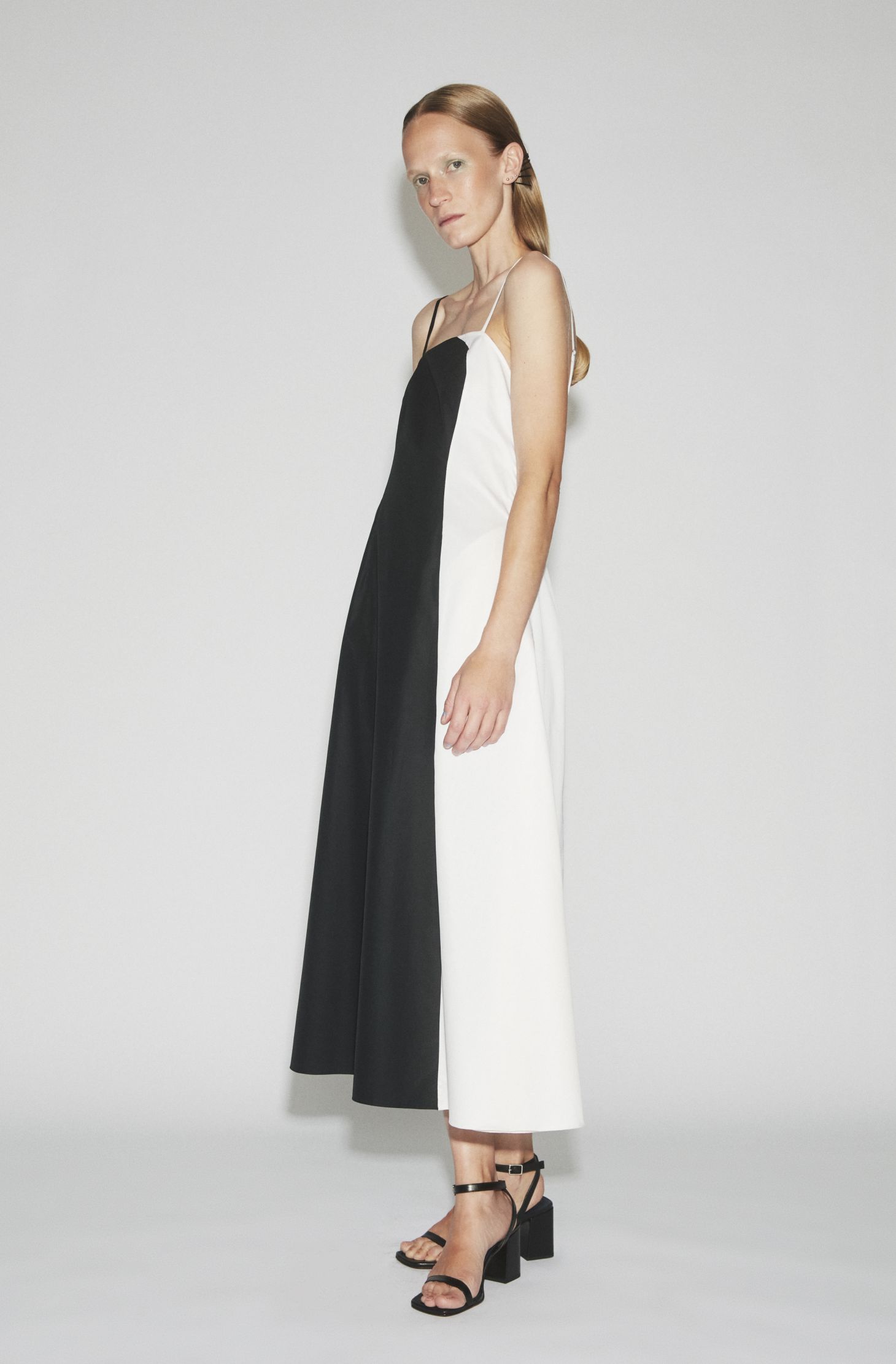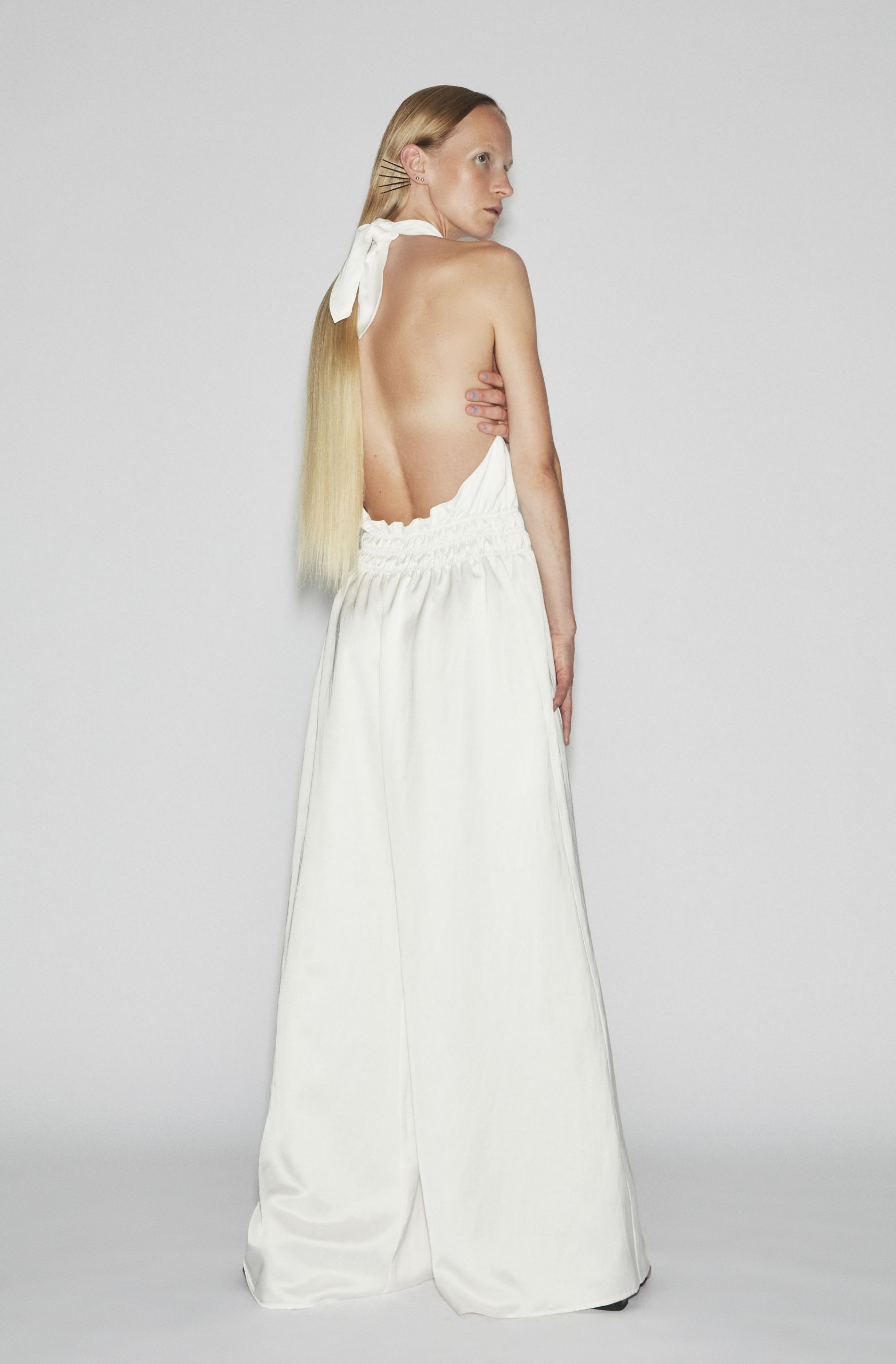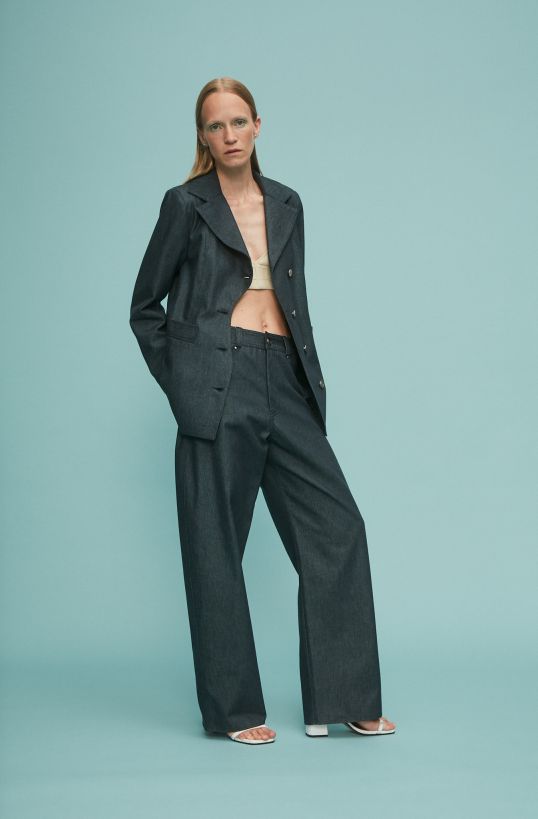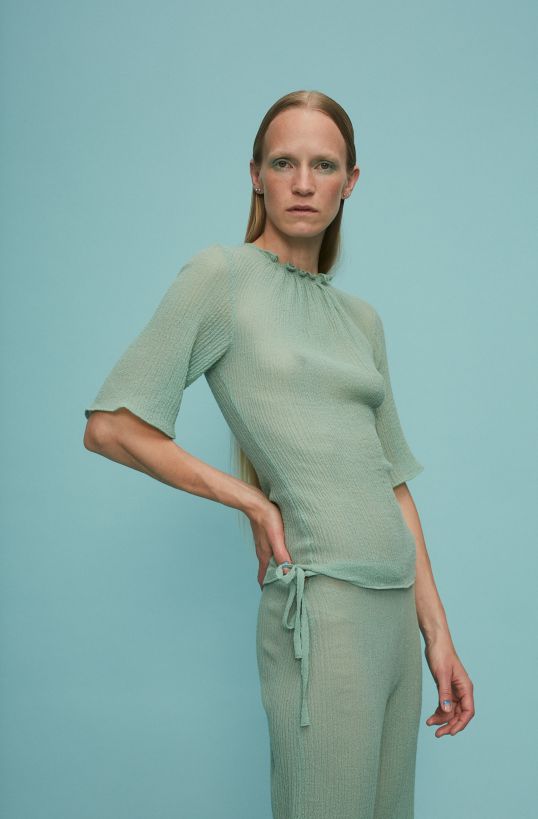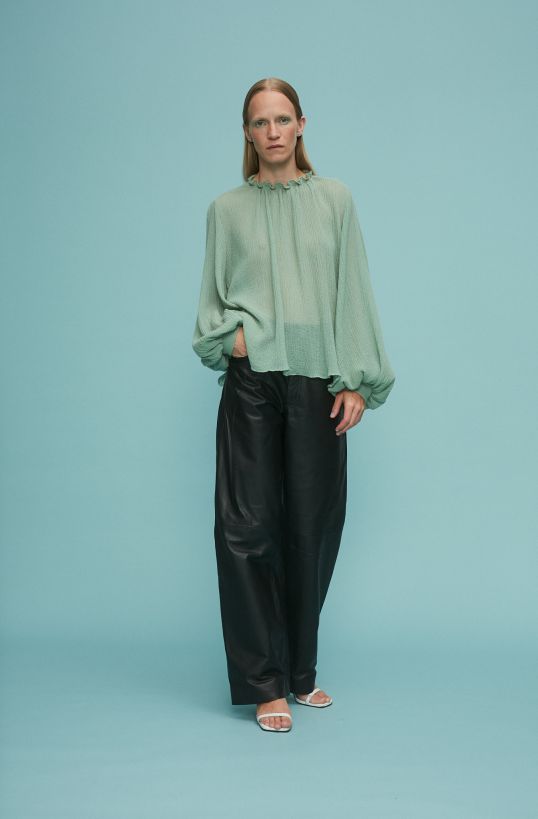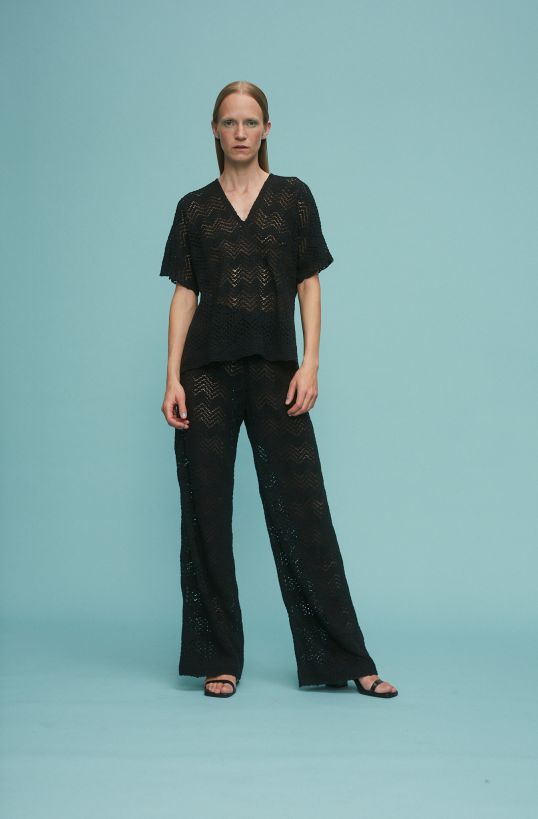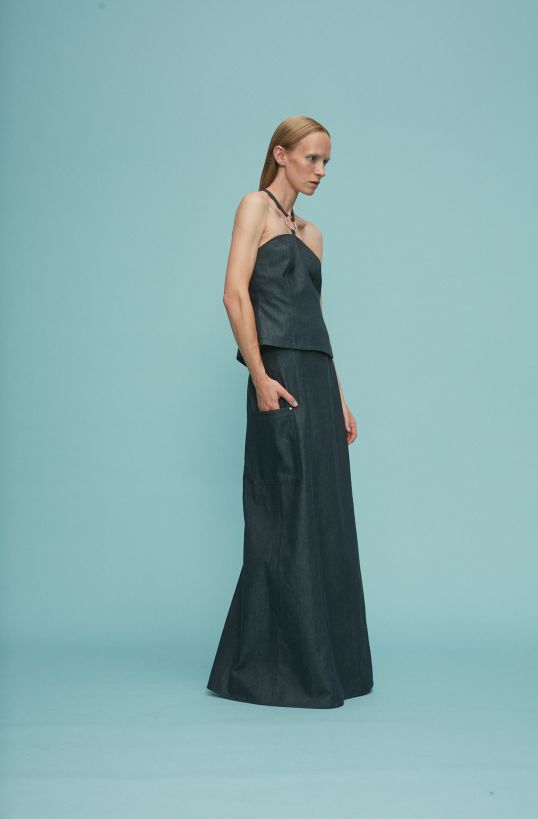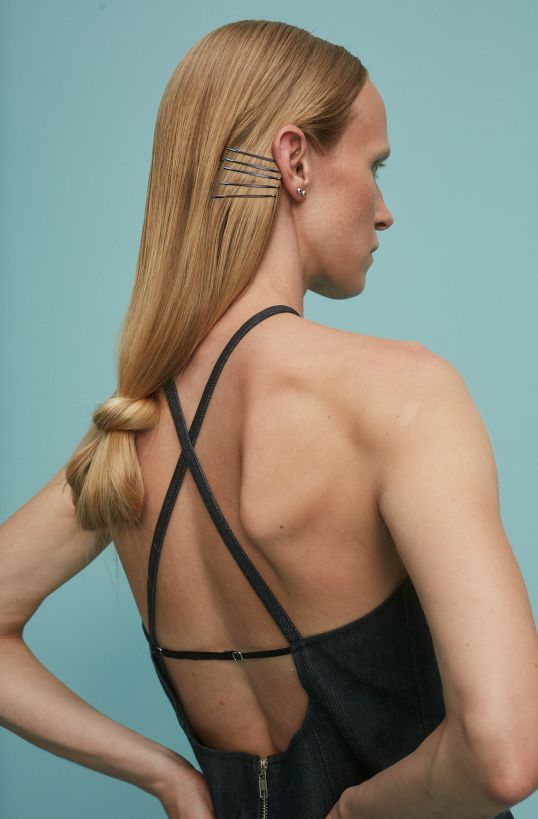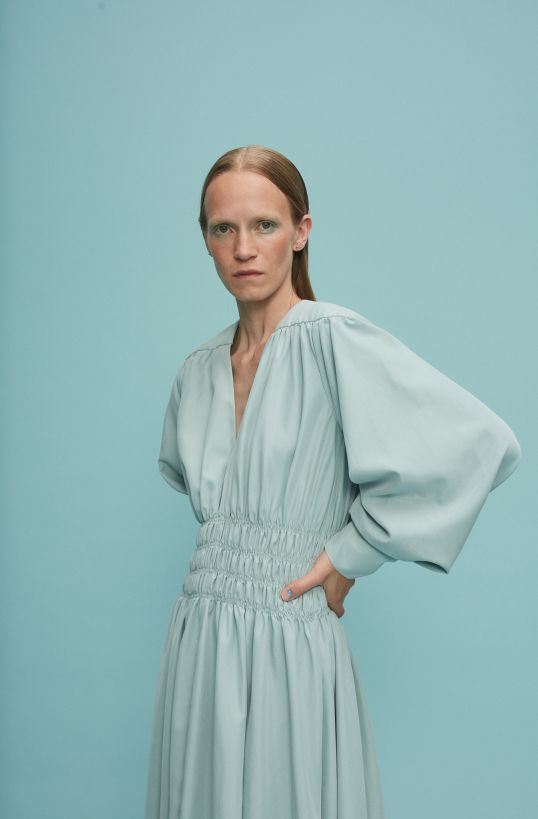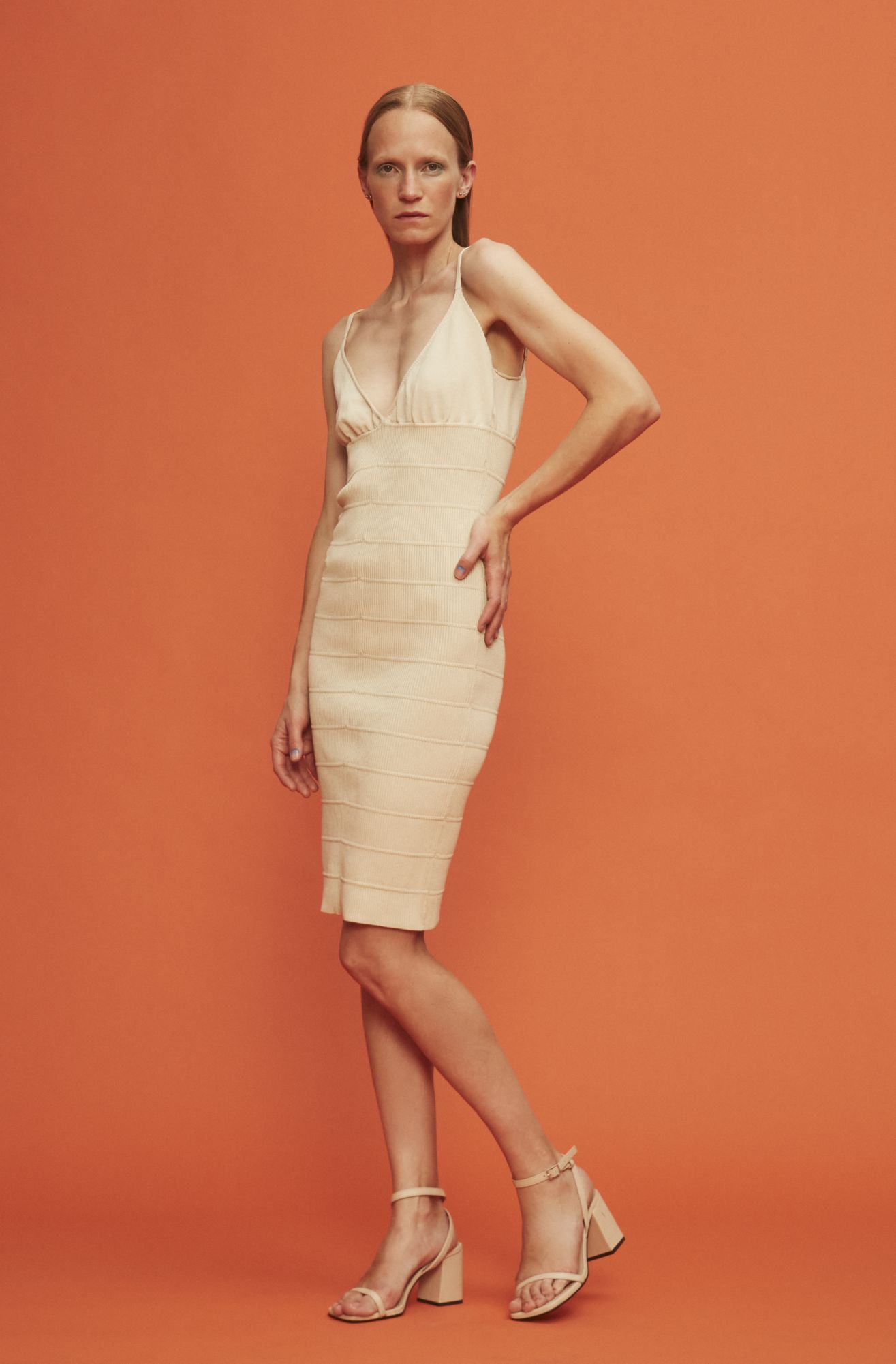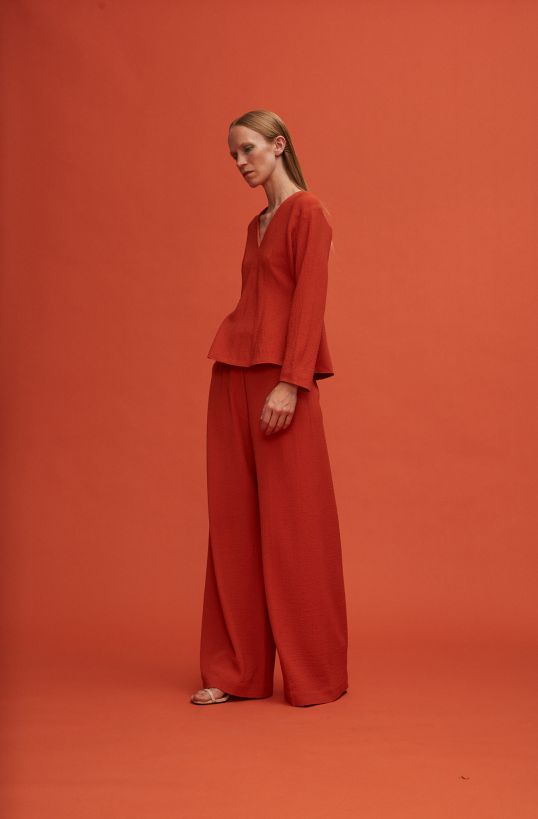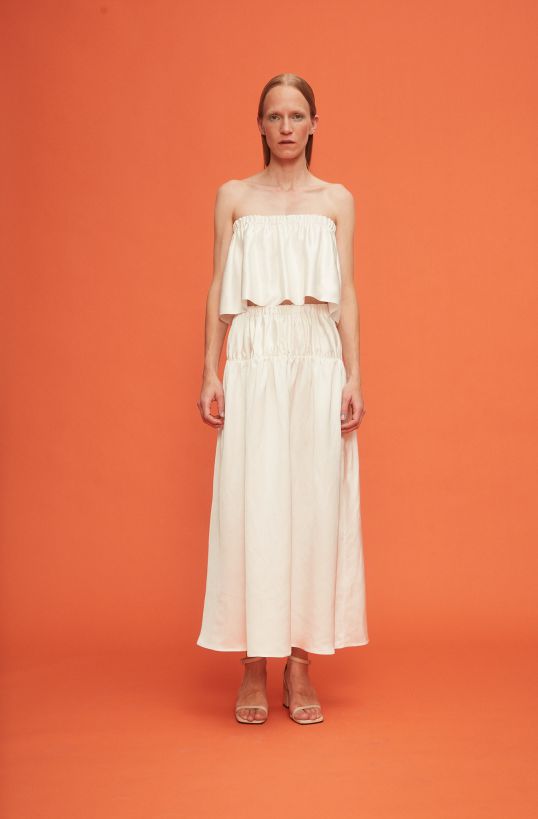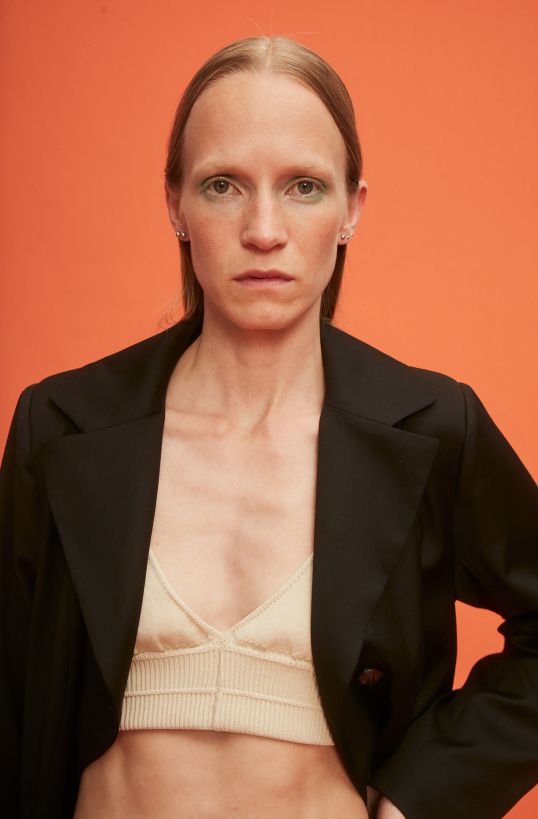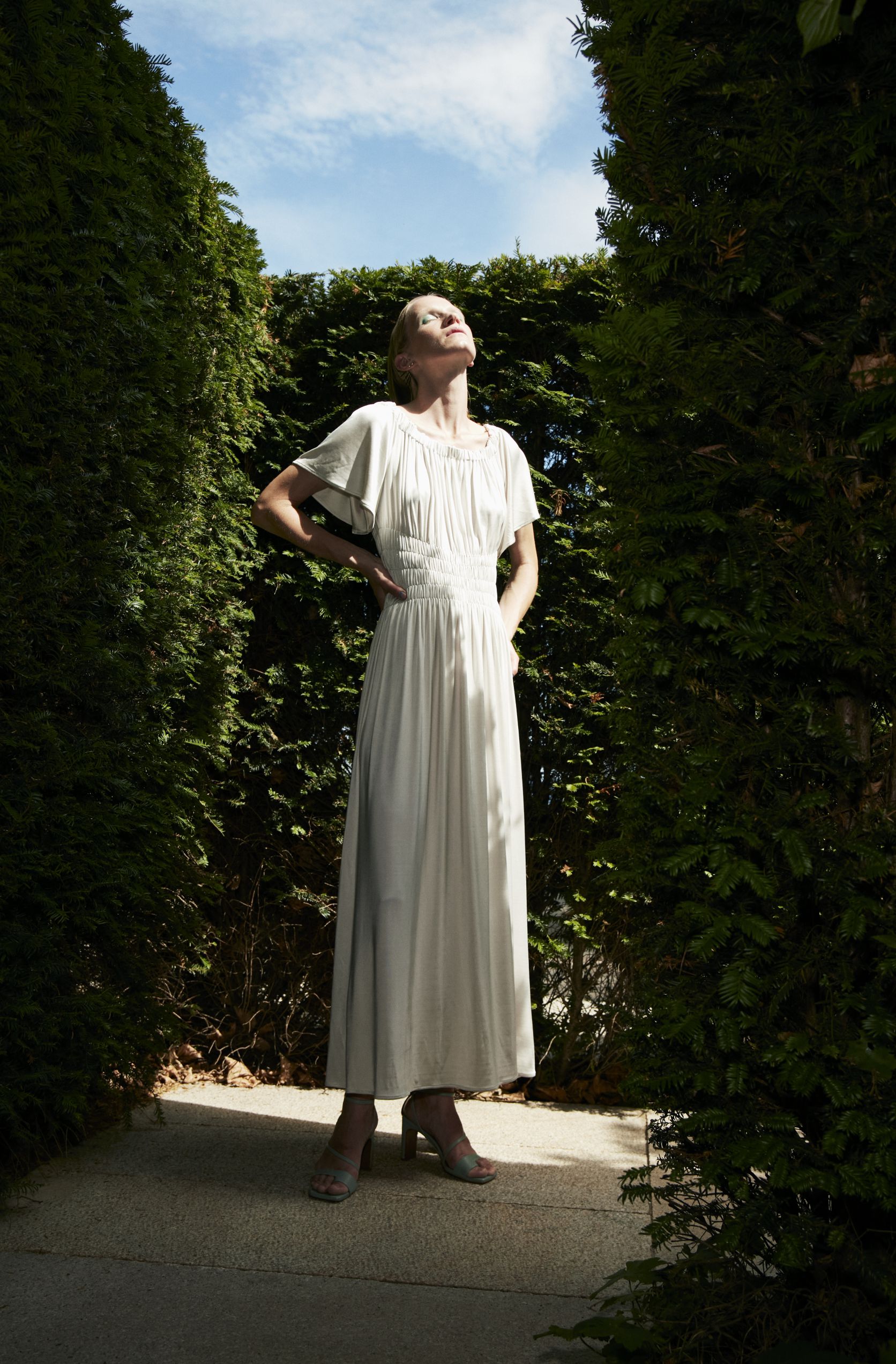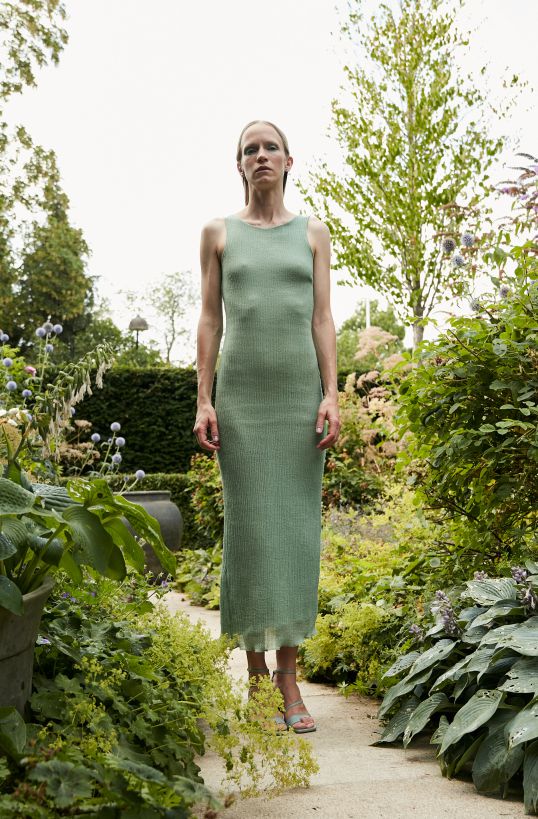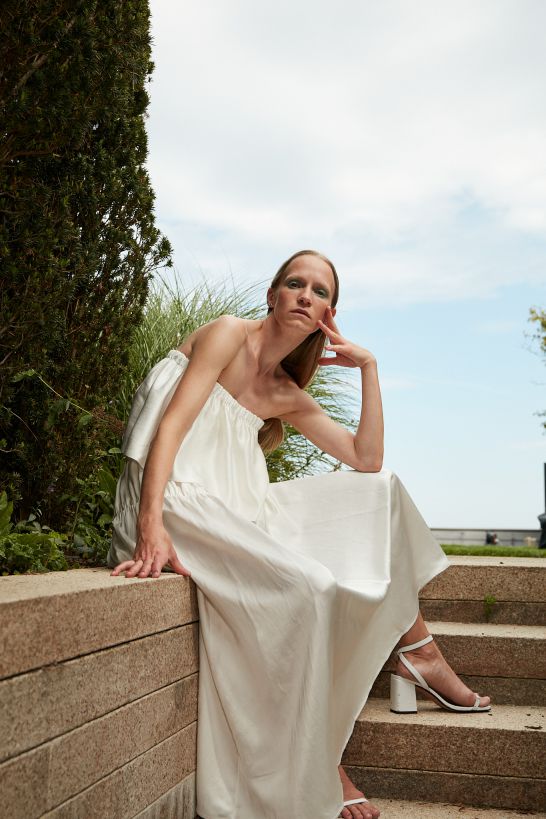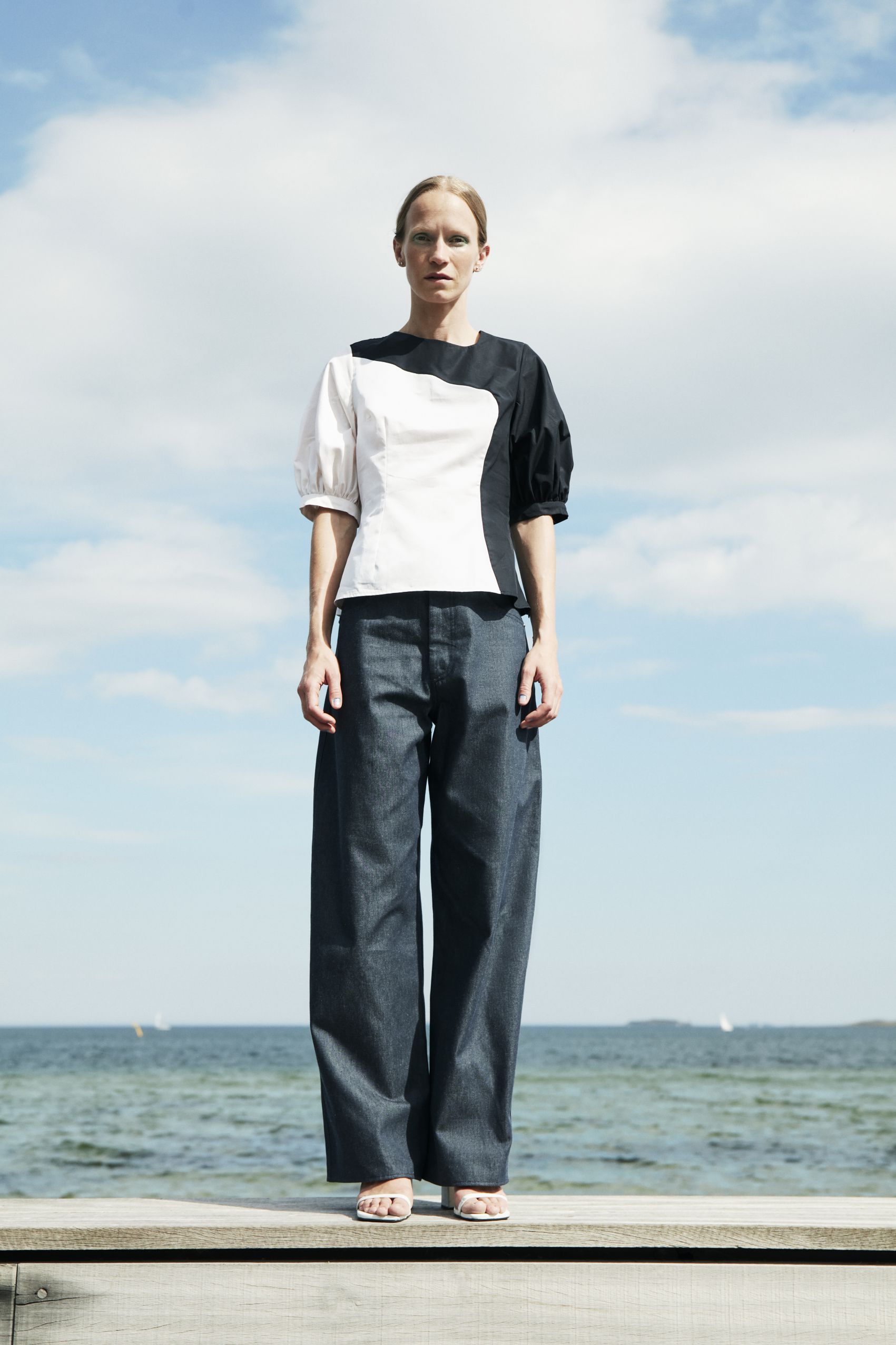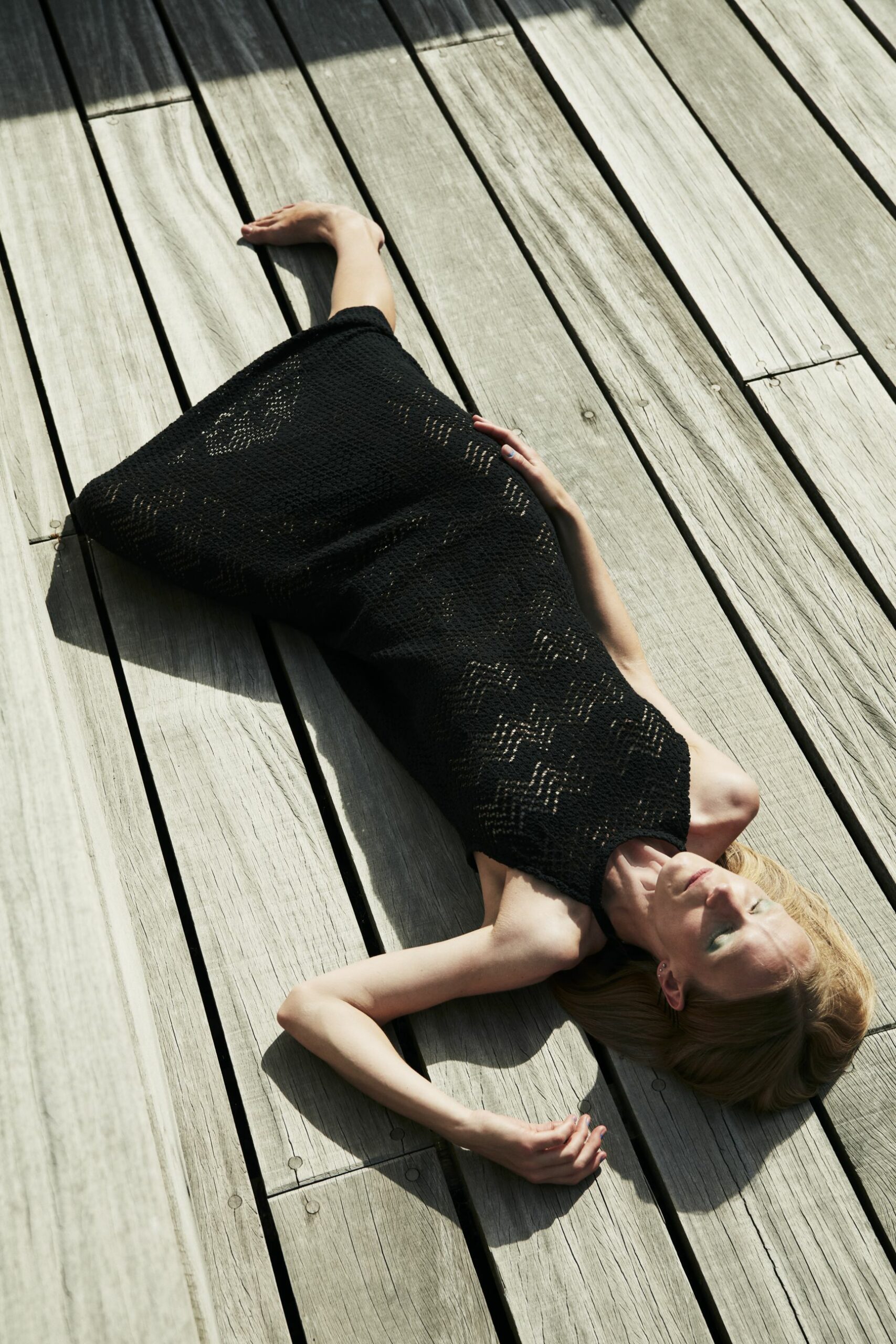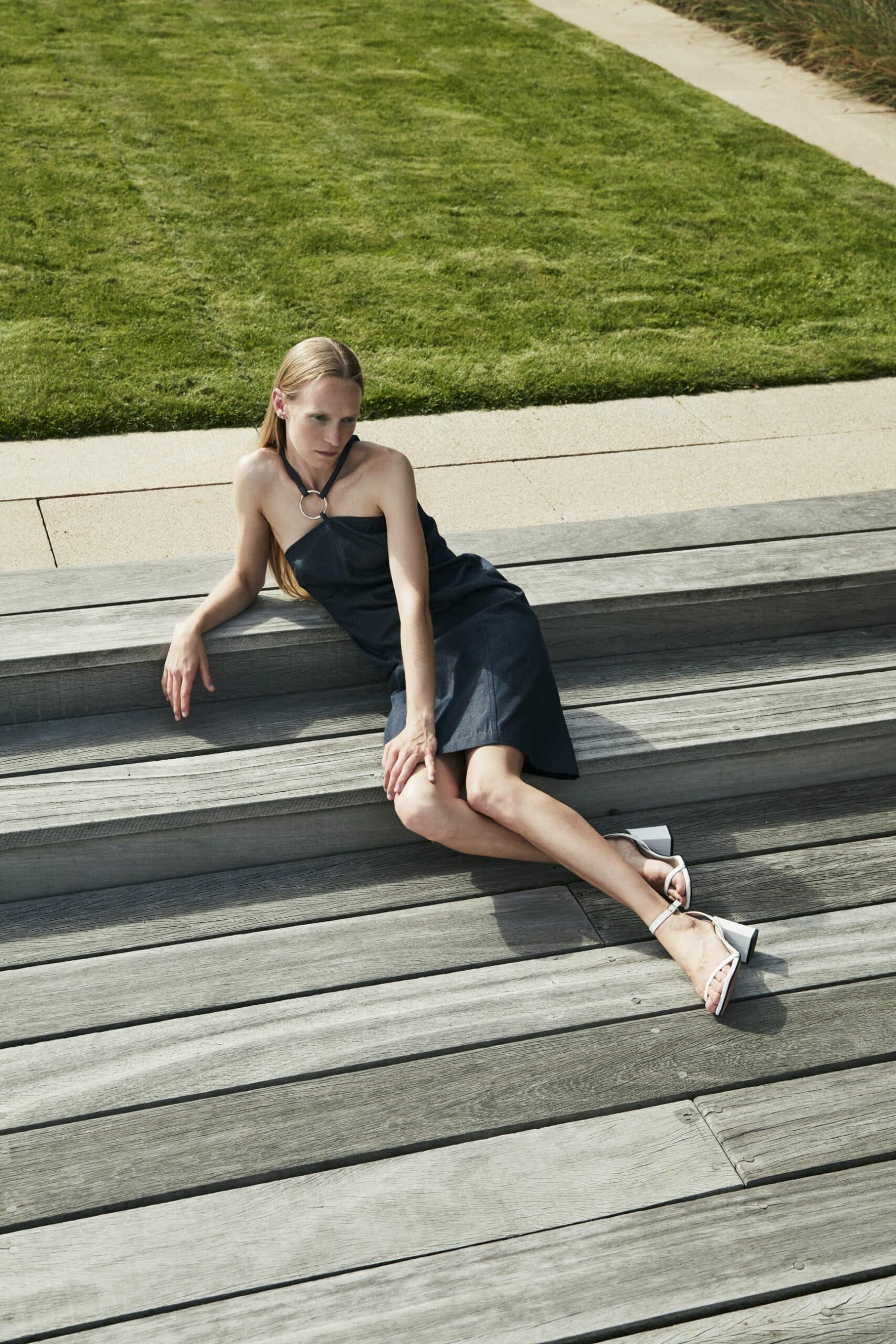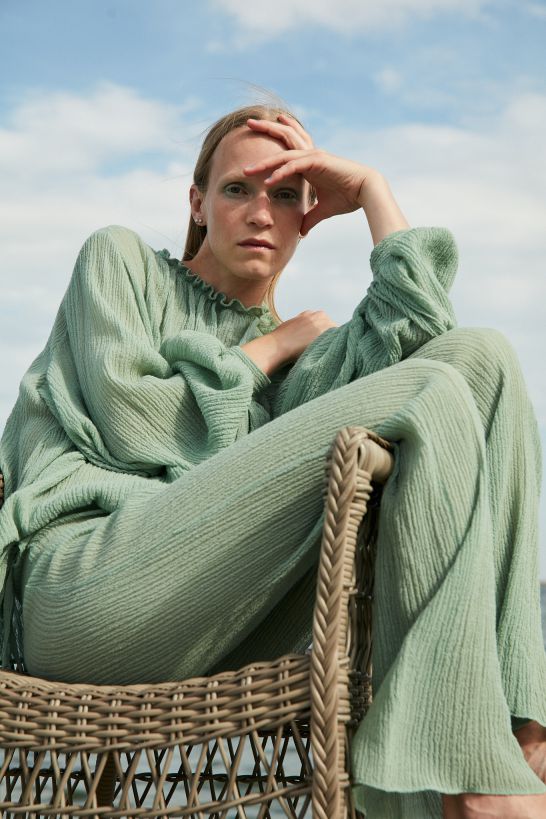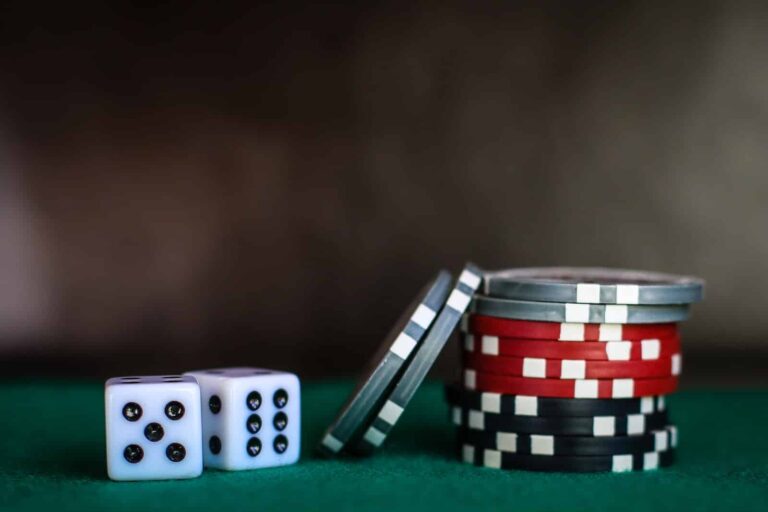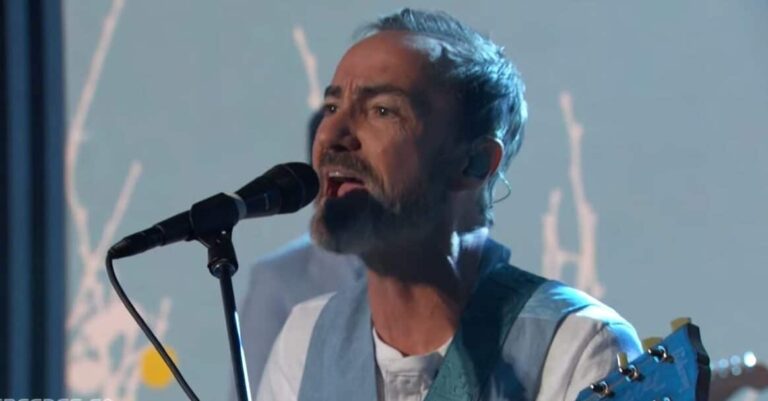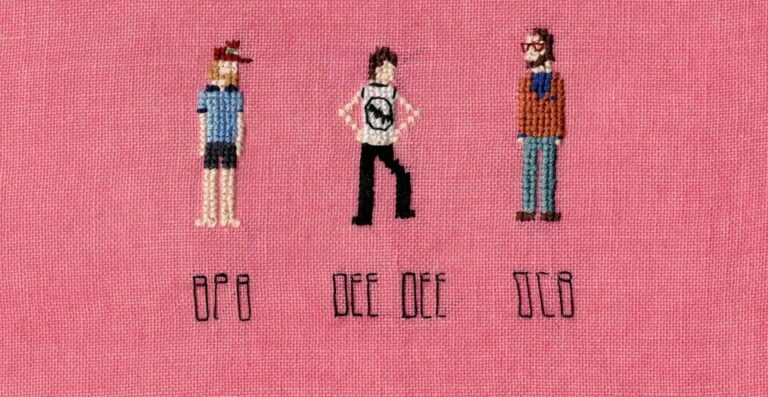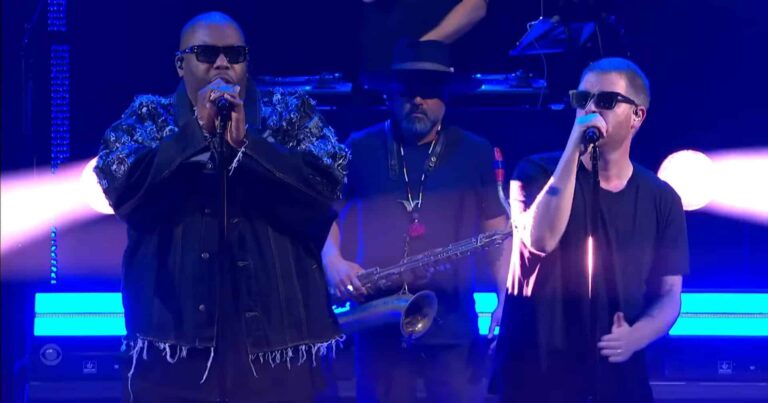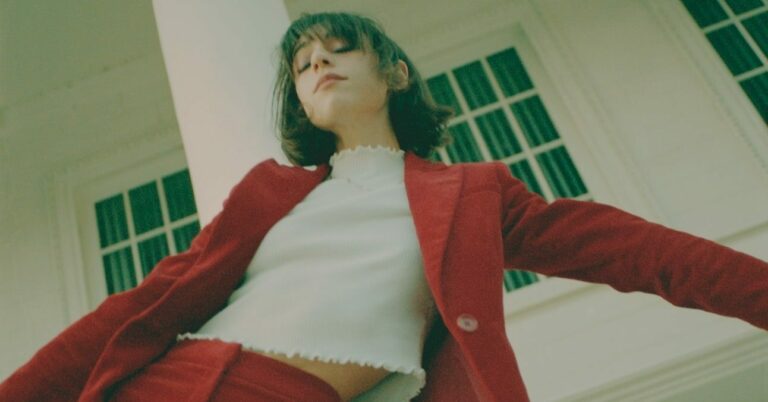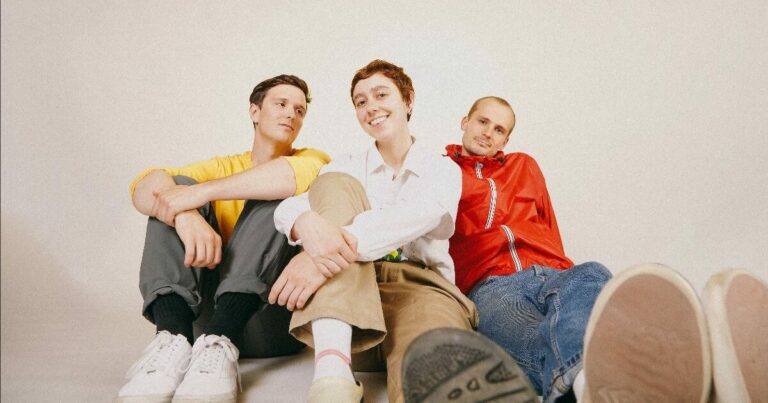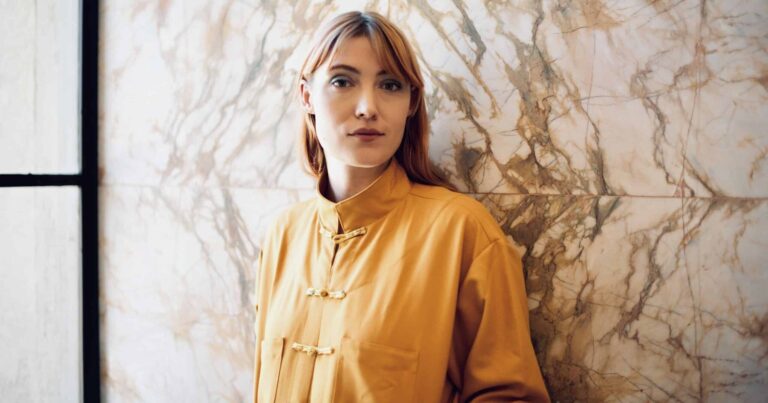Gambling is a popular pastime for many people all over the world. And while some may enjoy simply playing casino games or betting on sports, others love watching gambling movies. In fact, some would say that gambling movies are almost as good as the real thing! We decided to take a look at some of the best gambling movies of all time and see how closely they reflect reality. Keep in mind that not everything in these movies is accurate, but they still make for great entertainment!
Before the pandemic, online casinos were still relatively unknown, and now it’s no surprise that internet gambling is flourishing. The ability to play online any time and from anywhere has revolutionized how people approach the business. If you haven’t played at an online casino before, check out the bet365 casino app. Movies are another story; while we enjoy a good game of poker or roulette as much as the next person, it’s sometimes more fun to simply sit back and watch one. Here are our suggestions for the greatest gambling movies ever:
Casino (1995)
This Martin Scorsese classic tells the story of Sam “Ace” Rothstein, a Jewish-American gambler who is drafted by the Mafia to run their casino operations in Las Vegas. While Ace is initially reluctant to take on the job, he eventually agrees and quickly becomes successful at it. However, his success attracts the attention of the federal government and the mafia, both of whom want a piece of the action.
What we love about this movie is that it gives a behind-the-scenes look at how Las Vegas casinos operate. While some parts of the movie are exaggerated for entertainment purposes, it’s still fascinating to see how everything works. If you’re interested in learning more about casino culture, this is a must-watch.
Rounders (1998)
This movie follows the story of Mike McDermott, a law student who pays his way through school by playing poker. When his friend Worm gets out of jail and owes money to some dangerous people, Mike tries to help him get out of debt. However, this puts Mike in a tough spot, as he has to decide between his studies and gambling.
While the movie is fictional, it does a great job of depicting the world of professional poker. Poker is a popular game all over the world, and this film gives insight into the strategies and mind games that players use. If you’re looking for a movie that will make you think, Rounders is definitely worth checking out.
The Sting (1973)
This classic tells the story of two con men who team up to take down a mob boss. To do so, they set up a fake horse racing betting operation and lure the mobster into placing bets. When he loses money on the fixed races, they clean him out.
The Sting is a great movie for anyone who enjoys a good con. While the movie is set in the 1930s, the techniques used by the con men are still relevant today. This is it if you’re looking for a movie that will keep you on your toes.
The gambler (2014)
The Gambler is a remake of the 1974 film of the same name. It tells the story of Jim Bennett, a professor who has a gambling problem. When he borrowings money from a gangster and can’t pay it back, he must place increasingly risky bets to try and win the money back.
While The Gambler is a fictional story, it does shed light on the reality of gambling addiction. If you or someone you know struggles with gambling, this film may be tough to watch. However, it’s an important reminder of the dangers of unchecked gambling.
Croupier (1999)
Croupier is a British film that follows the story of Jack Manfred, an aspiring writer who takes a job as a croupier to research a book. However, he quickly gets sucked into the world of gambling and finds it hard to resist the temptation to place bets.
This movie is great for anyone who wants to learn more about casino culture. It offers a realistic portrayal of what it’s like to work in a casino and the kinds of people you’ll meet there. If you’re interested in casinos or gambling, Croupier is definitely worth watching.
The Cooler (2003)
The Cooler is a unique take on the gambling genre. It tells the story of Bernie Lootz, a man who is “the cooler” at a casino. This means that he’s responsible for cooling down hot streaks and helping the casino win money. However, when he falls in love with a waitress, he starts to question his role at the casino.
This movie is definitely darker than some of the others on this list. However, it offers a different perspective on gambling and casinos. If you’re looking for a film that will make you think, The Cooler is definitely worth checking out.
Conclusion
These are just a few of the best gambling movies of all time. These films are a great place to start if you’re interested in learning more about gambling or casino culture. Whether you’re looking for entertainment or education, there’s something on this list for everyone. So, what are you waiting for? Go check out one of these movies today!
